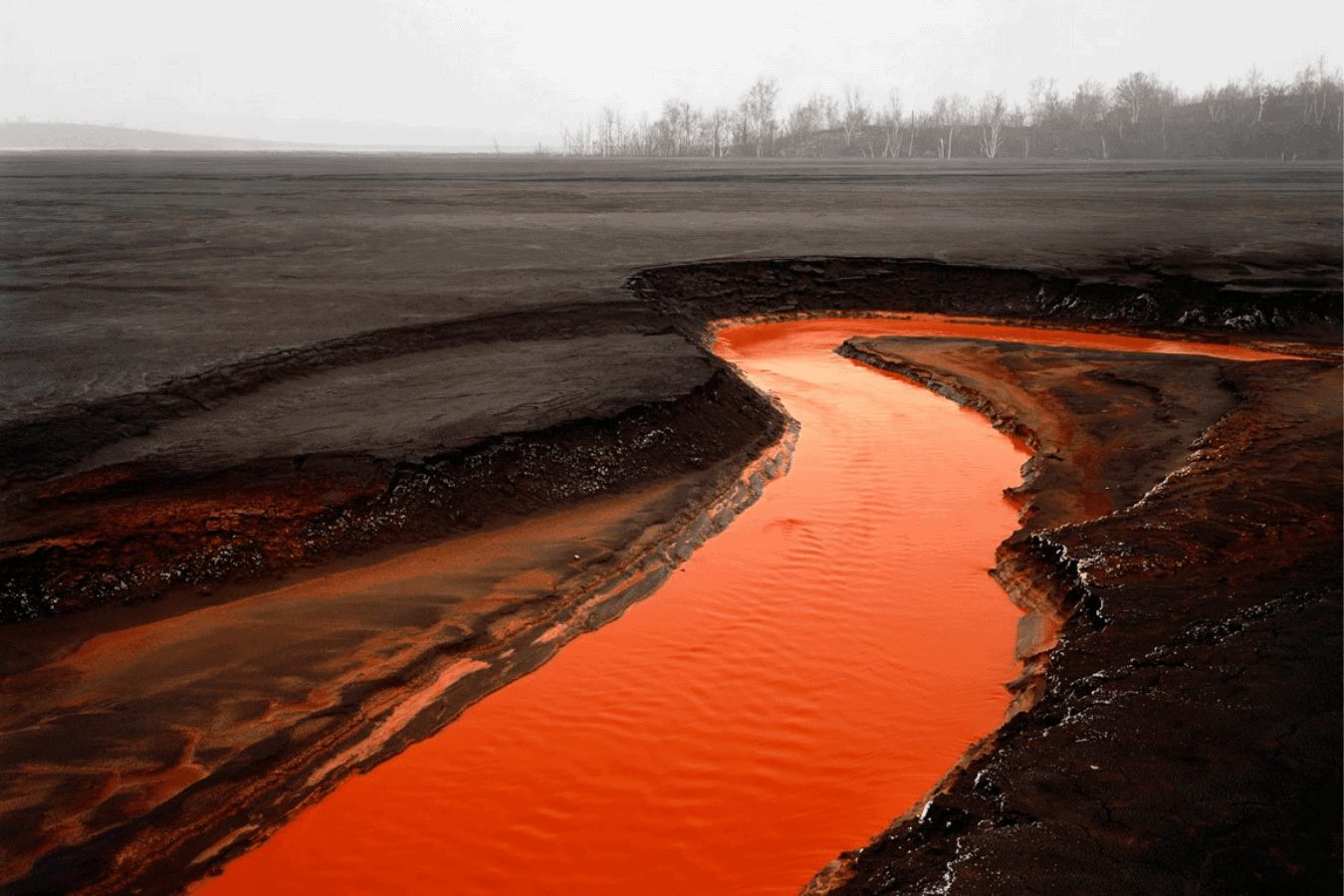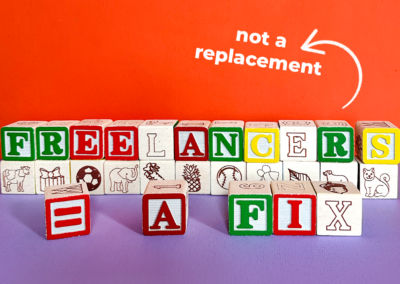A river of change is burning through time, forging new landscapes as we enter 2021.
This river finds its source in multiple headwaters and is powered by the gush of many tributaries.
Marketing at its heart is about understanding and meeting needs of people. Marketers achieve this by designing products, services, experiences and communications which are relevant to their lives and resonate with their dreams, hopes and aspirations.
To remain relevant and resonate in a world of constant change, successful marketers anticipate, pivot, re-invent and refresh their approaches. This requires understanding the various tectonic shifts of change whether it be in behavior, culture, media or technology.
By navigating the rivers of change Marketer can conquer new horizons.
What are the key change dynamics and how will they change the landscape?
1. A New Asian Influenced Globalization

Photograph: Shipyard #5, Qili Port, Zhejiang Province, China 2005 by Edward Burtnysky.
Globalization will continue to thrive despite the hand wringing of Western institutions and periodicals. However, it will no longer be a unipolar form of Globalization driven by the West, but a multi-polar mix significantly impacted by Asia, primarily China and India, who between them account for a third of global population and possibly half of future growth.
By the end of 2018 only 2 of the busiest container shipping ports in the world were in the West (Rotterdam in the Netherlands at Number 12 and Los Angles at Number 18).
At current fertility rates Africa’s population will increase from 1.2 billion to 2 billion in 2050 and 4 billion in 2100 becoming home to almost half of the world’s population.
Just as Earth is not the center of the Universe, the West is not the center of globalization that the world revolves around.
2. The “ Three Divides” of Race/Geography/Age

Photograph: Nickel Tailings #31 Sudbury Ontario, 1996 by Edward Burtynsky
Most nations are going to grapple with the adjustments of “Three Divides”:
- a) The Divide of Race/Ethnicity, b) The Divide of Urban and Rural and most significantly c) The Divide of Generations
These “Divides” in the US were most recently seen in the United States during the presidential election. Look carefully and it was not “Red State” or “Blue State” but rather Urban/Rural, Caucasian/Non-Caucasian and Young/Old.
The most significant and not as well understood of these divides is the worldview differences between those younger than 30 and those older than 55. These differences are replicated in almost every nation as new generations brought up with mobile and social Internet, a lack of assets and lower expectations plus a dramatic difference in values and goals from climate change to capitalism come to express themselves and enter the workplace and politics. In the US this generation will in the next 10 years inherit 30 trillion or 30% of all US Wealth( most of it going to a fifth of them) and this will add fuel to their burning belief of the need to change.
From financial products ( Lemonade, Robin Hood, Square, Bitcoin) to fashion (Virgil Abloh, Kylie Jenner) to media usage (Twitch, TikTok), a new language and infrastructure is being forged which will be turbo-charged like never before due to the disproportionate and long term impact of Covid-19 on these younger generations. (Not since the Great Depression have so many young adults lived with their parents. In July, 52% of young adults ages 18 to 29 years old resided with one or both of their parents, surpassing the previous peak in 1940, according to a Pew Research Center analysis of Census Bureau data.)
Their voices do not ring today in boardrooms or councils of power (almost all of whom are much older) but make no mistake the drumbeats of their reality will soon throb in the bloodstream of every business and political discussion.
But in the US, it is not just the young but the older to whom not enough attention is being paid.
Every day 10,000 people turn 65 years old and due to modern medicine will live active lives for 15 to 25 years. A segment of them control most of the wealth in the US while a larger group has no significant assets to retire on. Ageism, Medical Rationing, and many more issues will likely create some intriguing inter-generational dynamics.
These divides occur in every nation. Watch Japan as its population declines by over 25% in the next 30 years unless they allow Immigration or Fertility rates change, or China grappling with the aging population due to the one Child Policy, or countries like India and Egypt grapple to find jobs for their youth.
3. The Expansion of an Algorithmic and Automated Society Driven by the Third Connected Age

Photograph: Nickel Tailings #30 Sudbury Ontario, 1996 by Edward Burtynsky
In 1993/1994 we entered the First Connected Age where we were connected to information via what would eventually be Search (Google/Baidu) and connected to transaction via what would grow to become E-Commerce (Amazon/Alibaba).
Around 2007/2008 we entered the Second Connected Age where due to smart phones (Apple/Samsung) we were connected all the time and due to Social Media (Facebook/We Chat) we were connected to everybody.
These first two “Connected Ages” have impacted everything from Elections to a re-ranking of the Fortune 500. It has created great wealth and benefits to people and also brought about the destruction of many livelihoods and the middle-class jobs. It has enabled Uber, AirBnb, Dollar Shave Club.Remember when Facebook paid just 1.5 billion dollars for Instagram with its handful of employees ? That was worth more than the Eastman Kodak market cap on that day when Kodak had tens of thousands of Employees. Kodak is now worth half a billion while Instagram is probably the most valuable part of the 800 billion market capitalization of Facebook ( A 1.5 billion dollar acquisition now worth probably 200 times what he paid less than a decade ago.The single biggest genius move of Zuckerberg)
But we have not seen anything yet as we enter the Third Connected Age where we will enjoy four new types of connections as data connects to data and writes software (AI), and all our devices are connected to Supercomputers (Cloud), with much faster connections ( 5G) and new interfaces to connect (Voice/AR/VR).
The age we are going to enter will be both magical in what will become available to us as individuals (AI capability is supposedly doubling every 6 months vs the old Moore’s law of 18 months) but challenging on a Society level (anything a machine can do it will do and more and more things will be done by machines)
While it is some years from Self-Driving cars imagine the impact on everything from the dramatic decline in the need for Insurance Actuaries and Body shops (fewer to no accidents) and removal of the largest job creator (drivers of every type). Many drivers are not necessarily going to magically become coders or afford to live on or be interested in Nursing or Massage Therapy.
Some suggest Universal Basic Income. But will it work? And even if it does what about the meaning, purpose and camaraderie of work?
And with more powerful algorithms which will make today’s sinister newsfeed look childish fueled with the power of facial recognition, will we be entering a utopian or dystopian society or more likely a combination?
These and many issues are going to have to be dealt with. Every leader will need to grapple with these issues. The future is closer than one thinks, and the technology is so distributed across the world and seen as a key to the future by China and and other nations it cannot be slowed down.
4. In the US a Reckoning for Three Key Industries Escalates Dramatically in 2021

Photograph: Shipbreaking #9A, Chittagong, Bangladesh by Edward Burtynsky
The first significant scaled disruption of the three industries (Education, Finance and Healthcare) that account for over a third of US GDP. This is due to a perfect storm of new behaviors and expectations ( post Covid Experience Mindsets) combined with the rise of Third Connected Age Technologies ( AI, 5G, Cloud and Voice/AR/VR.)
These three massive industries suck in significant capital and assets and are so friction filled and rent seeking that post Covid they will be wracked, with some companies wrecked by change.
Education with 7% of GDP whose inner emptiness has been seen by parents and students in real time as the classes came home and the pedagogy was found wanting especially given the sums being sucked from payers!
Finance that accounts for 8% of GDP whose friction-filled ways and fee grabbing for no clear benefit (in many cases there is a clear benefit but in many there is not) will be hacked by new upstarts, increased transparency and a generation of inheritors who have grown up with Free Trading, Digital Mindsets and Robo-Everything.
Health Care (18% GDP) whose sphaghettiness of complexity and tortoise speed process– where for every 1 doctor, there are 6 supporting health care workers but TEN administrators–will meet an overstretched government and populace who realize with the Covid Vaccines that a bit of urgency and focused incentives can accelerate progress!
Great wealth and power creation and destruction will ensue all over the world. And it will be a key to politics. Just see what happened to Ant Financial earlier this month which was going to be the largest IPO in the world and was personally pulled by President Xi ( it was not just because of a critical speech by Jack Ma.)
Finance, health and education are intertwined into the fabric of society as they twist into new shapes so will a lot more of the landscape, politics and culture around us.
5. Global Warming/Climate Change/Environment in a Connected World.

Photograph: Oxford Tire Pile #5, Westley, California 1999 by Edward Burtnysky
It is not surprising that President-Elect Biden has placed a person of John Kerry’s stature to oversee the United States initiatives on climate and made it a national security level job. In China, President Xi watches and monitors the smog in Beijing and hotels in New Delhi, India which often has the worst pollution of any major city post air quality signs in the lobby to let you know if it is safe to step outside.
Denying climate change is like denying gravity. It does not matter what we “think” for just like if we reject gravity, it will not prevent us from becoming a symphony of broken bones and goo if we step out of a multi-storied building to broadcast our “beliefs.“
Science is reality.
Science does not care what you or me or a dog named Boo thinks or what our mind-corroding social media feed projectile vomits at us.
Everywhere I “Zoom” these days it is heartening to see Business and their Boards/ CEO’s take a leadership role on all forms of Sustainability . They do this not only because it is the right thing to do but because without it no “Purpose Mantra” rings true and as importantly their customers and their employees demand it. Big investment firms like BlackRock monitor it.
The climate is interrelated with everything including mass migration of people.
We can expect over the next decade protecting the climate will be a part of all major political, economic and social discussions, as we move beyond “if” it is a challenge to “how and what” to do as the globe to address it.
6. The Second and Third Order Effects of a Global Vaccination Drive.

Photograph: Deda Chicken Processing Plant, Dehui City, Jilin, China, 2005 by Edward Burtynsky
Modern Science at speed has shown us a light at the end of the Covid tunnel with 2 and possibly 3 vaccines showing 90% efficacy.
If 2020 is known as the year of Covid and its impact, I believe 2021 will be the year of the Vaccine Drive and its impact.
The logistical, political, ethical, economical and societal effects of the next year will be dramatic.
For instance:
1) Which countries get access and which populations in a country get access first? Is a European life worth more than an African life? What happens when people of means who got covid-tests on demand ensure they and their families jump the line to get vaccines?
2) Will businesses insist that all employees get a certificate of vaccination before they can return to work? Will employees sue about this interference in their health? Will a cottage Industry of fake certifications like fake driving licenses arise? What if the star employee insists on working primarily from home even after vaccine because they have realized that in a distributed world demand for their skills is global.
3) What happens when side effects of the vaccine are weaponized against vaccinations on social media? What happens with regard to adulterated vaccines?
Never before has anyone dealt with anything like this.
Seven Billion people around the world. Multiple vaccines. A Chinese vaccine. A Russian vaccine. The biggest producer of vaccines is in India, but they produce for the world. Will the Indian Government “nationalize” the output of production for their own people?
The Reason to be Optimistic.
The scale of these changes may want you hit pause and to step out of these raging waters.
Change can be scary, but History provides a hopeful plot to the twists in the River
If one looks back at the world 20, 40 or 60 years ago most people would rather be alive today.
Despite all the challenges and tragedies, the world is better off for humanity as a whole (though there are winners and losers.)
Change is nothing but questions seeking and pointing the way to the answer.
And the river of change will feed the tide of growth and the current of life!
Subscribe to Rishad’s newsletter.
Rishad’s Socials: LinkedIn, Twitter
Editor’s Socials – Kiana Pirouz: Linkedin, Instagram



